
Ranger
While fast-forwarding through the 5,000th time I’ve briefly endured the mangling of Blondie’s “Rapture,” in those 2015 Acura RDX ads, I concluded two things:
- I will never buy an Acura RDX, if only to deliver the message that grating ads first thing in the morning will not win you any sale from me;
- I have not watched a commercial (on purpose) since 2011.
Ironically, the young woman behind the wheel of the aforementioned Acura is none other than Chelsea Ranger, who became a YouTube sensation after her husband recorded his wife rapping in the car to Salt-n-Pepa’s “None of Your Business,” itself an irony. Ranger’s singing was viewed by 17 million people watching a recorded YouTube video instead of cable television. Like popcorn, nobody quits after just one. YouTube is a confirmed time wormhole, where hours can disappear in what seemed like just a few minutes. This phenomena can also be experienced with Netflix, Amazon, or a myriad of other multimedia websites where on-demand entertainment is always on. How can it be 2am already? Darn, it’s too late to watch Anthony Bourdain and 18 minutes of ads on CNN now.
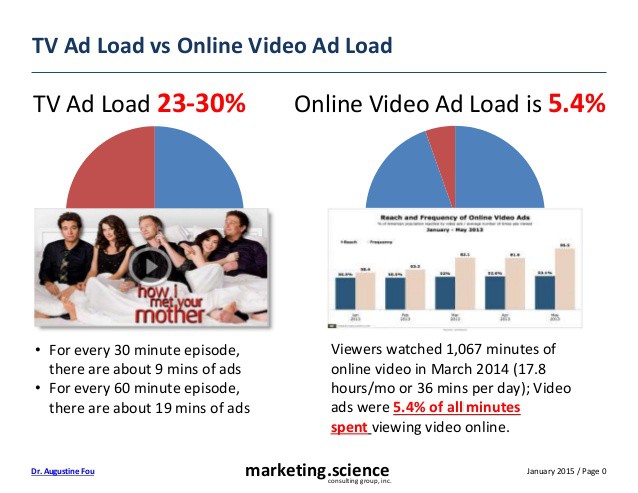 Advertisers wondering how many viewers actually spend time watching their commercials are right to be worried. Some have tried to cover their bases by spreading ad budgets around to include online video advertising. But when the online ads become meddlesome (Hulu, anyone?), here comes ad blocking software. No more Geico ads on YouTube, but the experience is less fulfilling watching a blank screen for a few minutes on certain other services. You might actually have to talk to the person sitting next to you.
Advertisers wondering how many viewers actually spend time watching their commercials are right to be worried. Some have tried to cover their bases by spreading ad budgets around to include online video advertising. But when the online ads become meddlesome (Hulu, anyone?), here comes ad blocking software. No more Geico ads on YouTube, but the experience is less fulfilling watching a blank screen for a few minutes on certain other services. You might actually have to talk to the person sitting next to you.
What cannot be found online can be recorded with a DVR, if only to build up enough buffered video to blow right past those ad breaks. Others collect entire seasons of favorite shows, reserved for binge viewing later. All of this after-the-fact viewing is conditioning you (like a gateway drug) for a future life without linear/live television. You started just to be rid of the advertising, but now you seriously toy with getting rid of cable TV if you can find enough to watch online.
There are exceptions, of course. News and sports junkies are often uncomfortable watching recordings of in-the-moment events. Others cannot imagine losing sports aired on ESPN or CNN for breaking news. But beyond these groups, the chains that hold us to the linear 500-channel pay television universe are rusting.

Phillip “Ad nauseum” Dampier
Getting off the cable television drug is easiest if you never started. That is why Millennials, often cable-nevers, are among the least likely to buy a cable television package. They don’t miss what they never watched, preferring the personalized viewing of their mobile device or tablet over the family television. For those that grew up with the cable box and have never been without it, there was always suspicion that the stories from brave souls who canceled service and never regretted it come from closeted book-reading Luddites.
But consider for a moment you may already be watching less cable television than you think. Spend a week and take note of how much time you spend with the cable box. Then compare it with how many hours you watch Roku, YouTube, Apple TV, Netflix, or any other non-linear television experience. If you can find more to watch on YouTube than on cable, ditching pay TV may not be as hard as you think.
The cable industry’s response to the challenge of online video has been to shoot itself in the foot. Despite the constant complaints that cable programming costs are rising out of control, there is always room for more networks customers did not ask to receive. Navigating cumbersome set-top box software means many customers won’t find those new channels anyway. But they will pay for them.
The higher the price of cable television, the less value many place on it.
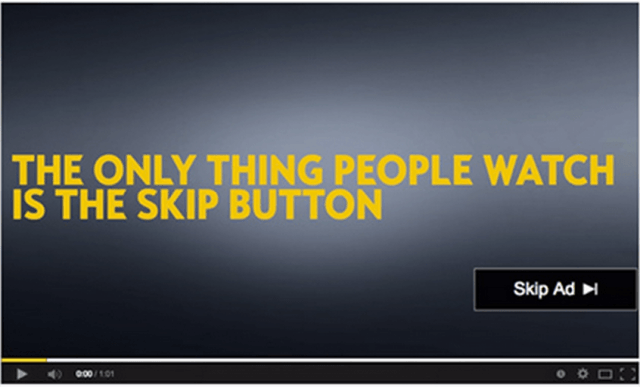 Cable operator (and network) greed has effectively ruined the industry’s best chance to prove continued value in an increasingly on-demand viewing world. TV Everywhere was supposed to make the 500 channel universe accessible online and on-demand for authenticated paying customers.
Cable operator (and network) greed has effectively ruined the industry’s best chance to prove continued value in an increasingly on-demand viewing world. TV Everywhere was supposed to make the 500 channel universe accessible online and on-demand for authenticated paying customers.
Some networks want customers to watch on their websites, others deliver shows on-demand from a set-top box. Instead of envisioning a TV Everywhere model to compete with online video, most cable companies are turning it into the equivalent of a DVR viewing experience with the fast-forward button disabled.
Comcast and Time Warner Cable make enormous amounts of free video available to customers. At the beginning, programmers used an informal honor system. In return for a quick pre-show advertisement and limited commercial interruptions, viewers wouldn’t bother ad-skipping if it meant they could watch a one-hour show in less than 50 minutes. Start inserting five 30 second commercials in every ad break and viewers will start looking for the remote control.
The challenge: should cable companies side with their customers and deliver a compelling TV Everywhere experience or with their bean counters, cramming ads into every available spot. Many are choosing the money. When customers rebelled and began to fast forward through the ads, the cable company retaliated by disabling that option (sometimes, it must be admitted, at the behest of a cable or broadcast network).
But it has gotten worse. For absolutely no reason other than to torture customers, Comcast is notorious for running a very small number of ads aired over and over and over again. Nothing makes television less fun than the same car ad repeated 10-15 times in a single one-hour show. Less is more is not a concept known to the cable industry. As a result, they will now have fewer television customers.
There is nothing about this quest for cash that has not been repeated in other forms of entertainment. Corporate commercial radio with 10 minute ad breaks drove listeners to Sirius XM or MP3 players. Running three minutes of ads to a captive movie theater audience that just paid $10 for a seat will not bring a theater chain any fans. The traditional 30-second ad is increasingly dead in the online world and advertisers and the companies that show them should adopt to the new reality instead of trying to force compliance to the “old ways.”
The cable industry earned its bad reputation by not listening to customers. Now that those customers have a choice to watch something else, the $80 cable TV bill is increasingly expendable as viewers cut the cord and never look back.
Is your linear TV experience not what it used to be? How often are you watching non-news/sports shows live? When the commercials start, do you reflexively reach for the remote control? Are you spending time with cable’s TV Everywhere on demand services? Share your thoughts in the comment section.


 Subscribe
Subscribe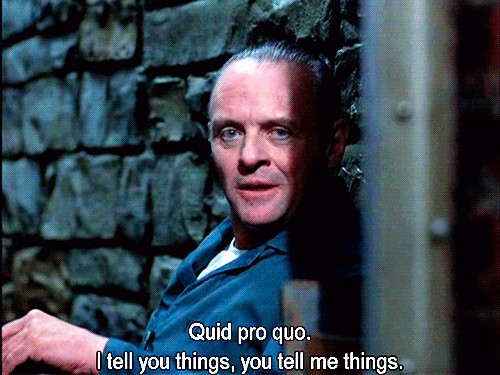 Google is seeking documents from three network television conglomerates that could prove the Mississippi Attorney General’s office conspired with executives of 21st Century Fox, Comcast/NBC, and Viacom to launch a coordinated lobbying campaign against the search engine giant over its business practices.
Google is seeking documents from three network television conglomerates that could prove the Mississippi Attorney General’s office conspired with executives of 21st Century Fox, Comcast/NBC, and Viacom to launch a coordinated lobbying campaign against the search engine giant over its business practices.

 Advertisers wondering how many viewers actually spend time watching their commercials are right to be worried. Some have tried to cover their bases by spreading ad budgets around to include online video advertising. But when the online ads become meddlesome (Hulu, anyone?), here comes ad blocking software. No more Geico ads on YouTube, but the experience is less fulfilling watching a blank screen for a few minutes on certain other services. You might actually have to talk to the person sitting next to you.
Advertisers wondering how many viewers actually spend time watching their commercials are right to be worried. Some have tried to cover their bases by spreading ad budgets around to include online video advertising. But when the online ads become meddlesome (Hulu, anyone?), here comes ad blocking software. No more Geico ads on YouTube, but the experience is less fulfilling watching a blank screen for a few minutes on certain other services. You might actually have to talk to the person sitting next to you.
 Cable operator (and network) greed has effectively ruined the industry’s best chance to prove continued value in an increasingly on-demand viewing world. TV Everywhere was supposed to make the 500 channel universe accessible online and on-demand for authenticated paying customers.
Cable operator (and network) greed has effectively ruined the industry’s best chance to prove continued value in an increasingly on-demand viewing world. TV Everywhere was supposed to make the 500 channel universe accessible online and on-demand for authenticated paying customers.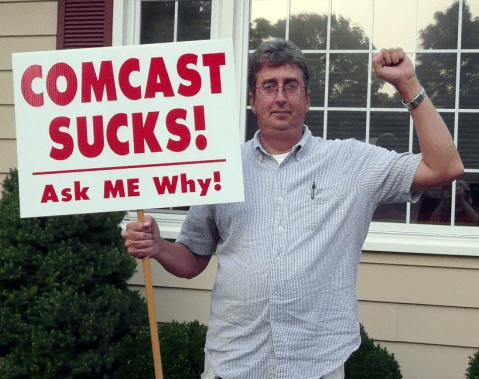 A system audit by Comcast has created a firestorm across Florida’s Panhandle after customers lost dozens of channels while Comcast used it as an opportunity to sell customers more expensive television packages.
A system audit by Comcast has created a firestorm across Florida’s Panhandle after customers lost dozens of channels while Comcast used it as an opportunity to sell customers more expensive television packages.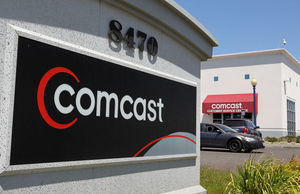 Numerous Tallahassee customers contacted the newspaper and
Numerous Tallahassee customers contacted the newspaper and  Man, do people hate Comcast.
Man, do people hate Comcast. With AT&T’s arrival in the Mexican wireless marketplace with its purchase of Iusacell and Nextel, América Móvil is responding with
With AT&T’s arrival in the Mexican wireless marketplace with its purchase of Iusacell and Nextel, América Móvil is responding with 